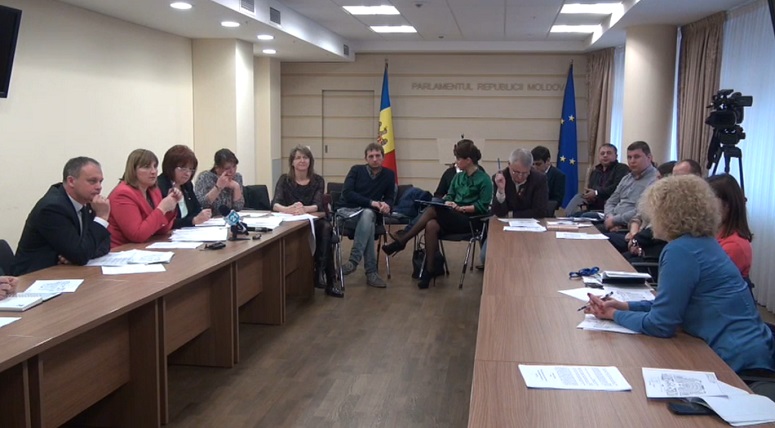
Proposals included the following solutions: to allocate space for five cameras in one loge and five in the other loge, on condition that cameramen will not be going out of the room during debates on draft laws; to maintain live transmissions of plenary meetings; to reduce the number of visitors, and on busy days to prohibit their access to the room in order to allow access to more cameramen; etc.
Liliana Palihovici, Deputy Chairman of the Parliament, said that all proposals would be analyzed in order to see if they fit technical conditions. “There might be changes, but with limited access for cameramen. We shall now consider the selection procedure, given that there are 40 accreditations. Our today’s analysis suggests there might be access for ten cameras,” she said.
At the same time, some journalists wondered what would happen with live transmissions if journalists get access to the meeting room. Speaker Andrian Candu said that in such a case live transmission from meetings would no longer be ensured, as it is now. The representatives of the media and of civil society disagreed with this solution, saying that both ways of obtaining video recordings should be maintained: journalists to have access to plenary meetings, and live transmissions to be maintained.
Another working meeting is to take place on Thursday, March 10.










